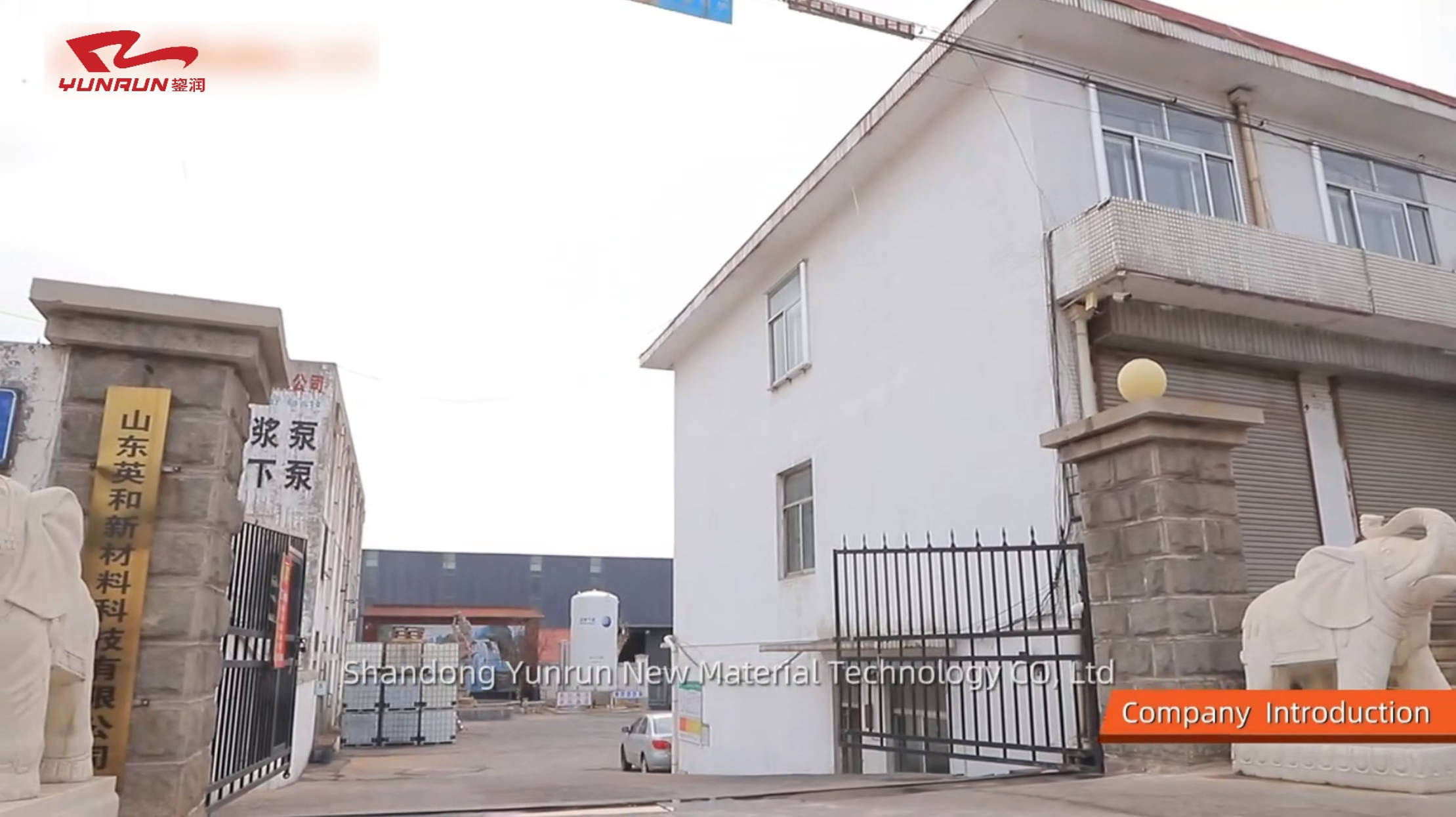Understanding Acetoxy Silicone Glass Sealant: Properties and Applications
Acetoxy silicone glass sealant is a specialized adhesive that plays a crucial role in various applications, particularly in construction, automotive, and manufacturing sectors. Known for its excellent adhesion to a variety of surfaces, this type of sealant is primarily utilized for sealing and bonding glass, ceramics, and other non-porous materials.
One of the standout features of acetoxy silicon
Jul 14,2025
Acetoxy silicone glass sealant is a specialized adhesive that plays a crucial role in various applications, particularly in construction, automotive, and manufacturing sectors. Known for its excellent adhesion to a variety of surfaces, this type of sealant is primarily utilized for sealing and bonding glass, ceramics, and other non-porous materials.
One of the standout features of acetoxy silicone glass sealant is its ability to cure at room temperature, generating acetic acid as a byproduct. This curing process is essential for developing its strong bond and durability, making it a preferred choice for many professionals. Unlike other adhesives that may require heat or specific conditions to cure, acetoxy silicone sealants provide flexibility and ease of use, allowing for on-the-job applications without the need for additional equipment.
In terms of performance, acetoxy silicone glass sealant offers outstanding resistance to moisture, UV radiation, and extreme temperatures, which is vital in outdoor applications. Its elastomeric properties ensure that the sealant can accommodate movement and expansion in building materials, making it ideal for use in windows, doors, and roof edges. Due to its flexibility and strong adhesion, it is also favored in the automotive industry for sealing windshields and other glass components.
While acetoxy silicone sealants are known for their many advantages, it’s important to note that they may not be suitable for all applications. For example, they are not recommended for use on materials such as marble or granite, as the acidic nature of the curing process may damage these surfaces. Additionally, in environments where food or potable water are involved, a different type of silicone sealant that meets specific safety standards should be employed.
When selecting an acetoxy silicone glass sealant, professionals should consider factors such as curing time, temperature resistance, and adhesion qualities to ensure optimal performance for their specific project needs. It is also advisable to review technical data sheets and safety information to ensure that the product meets the necessary industry standards and regulations.
In conclusion, acetoxy silicone glass sealant is a highly effective solution for various sealing and bonding needs across multiple industries. Its unique properties make it a reliable choice for professionals seeking durable and flexible sealants, especially when working with glass and similar materials. Understanding its characteristics and appropriate applications can significantly enhance project outcomes and ensure lasting results.
One of the standout features of acetoxy silicone glass sealant is its ability to cure at room temperature, generating acetic acid as a byproduct. This curing process is essential for developing its strong bond and durability, making it a preferred choice for many professionals. Unlike other adhesives that may require heat or specific conditions to cure, acetoxy silicone sealants provide flexibility and ease of use, allowing for on-the-job applications without the need for additional equipment.
In terms of performance, acetoxy silicone glass sealant offers outstanding resistance to moisture, UV radiation, and extreme temperatures, which is vital in outdoor applications. Its elastomeric properties ensure that the sealant can accommodate movement and expansion in building materials, making it ideal for use in windows, doors, and roof edges. Due to its flexibility and strong adhesion, it is also favored in the automotive industry for sealing windshields and other glass components.
While acetoxy silicone sealants are known for their many advantages, it’s important to note that they may not be suitable for all applications. For example, they are not recommended for use on materials such as marble or granite, as the acidic nature of the curing process may damage these surfaces. Additionally, in environments where food or potable water are involved, a different type of silicone sealant that meets specific safety standards should be employed.
When selecting an acetoxy silicone glass sealant, professionals should consider factors such as curing time, temperature resistance, and adhesion qualities to ensure optimal performance for their specific project needs. It is also advisable to review technical data sheets and safety information to ensure that the product meets the necessary industry standards and regulations.
In conclusion, acetoxy silicone glass sealant is a highly effective solution for various sealing and bonding needs across multiple industries. Its unique properties make it a reliable choice for professionals seeking durable and flexible sealants, especially when working with glass and similar materials. Understanding its characteristics and appropriate applications can significantly enhance project outcomes and ensure lasting results.
PREVIOUS:
Others




